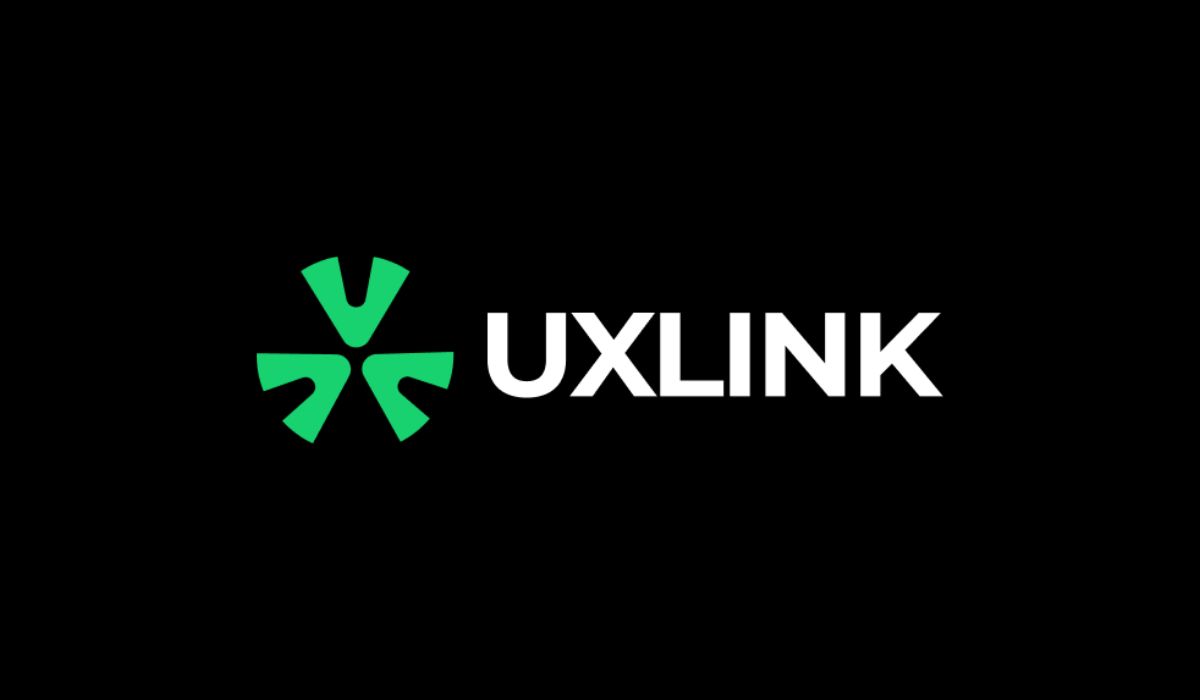Social networking continues to be an essential component of the rapidly changing digital landscape, particularly in the context of Web 2.0. With more than 4.8 billion users interacting on Web2 social media platforms, the move to Web3, which represents fewer than 1% of users, is a necessary change. Given the possible user overlap between these platforms, a promising Web2 to Web3 user movement is anticipated in the future. But given that Web3 lacks a significant user-centric social application, when will Web3’s social age actually begin to take shape?
To answer this question, we must confront two basic problems.
First of all, Web3 still lacks the technological infrastructure that will be required to enable widespread adoption. Innovative technologies are being used in a number of new initiatives aimed at improving low-cost, high-TPS, and high-availability technological infrastructure. UXLINK tackles this problem by providing a special remedy that combines off-chain and on-chain communication.
Second, the capacity to connect with known faces is a key component of the Web3 social network. For Web3 social apps to grow exponentially, as its Web2 predecessors did, real-world social connections are a prerequisite. Setting the standard for Web3 social applications, UXLINK offers open social relationship calculations and recommendation services to bridge real-world social networks with blockchain technology.
The UXLINK “Real World Social” system’s extensive architecture is divided into three main layers:
- UXLINK Basic Application Layer: Offers essential product services like growth fission and group functionalities for ecosystem applications. This layer leverages MPC-TSS (Multi-party Computation, Threshold Signature Scheme) wallet account services and group-based EOA account services.
- UXLINK Protocol Service Layer: Provides Web3 developers with efficient tools to manage user social identity and relationship data services through APIs tailored for on-chain and off-chain systems.
- UXLink Infrastructure Layer: Features a hybrid scalable architecture (EVM + IPFS + Clouds), encompassing EVM chains such as Ethereum Mainnet, Arbitrum L2 Chain, BNB Chain, Polygon, and Base Chain, along with decentralized storage and centralized data indexing services.
Key Features of UXLINK Protocol based on Real-World Social Relationship Protocol:
- Fosters real-world social relationships.
- Supports peer-to-peer and group-based social networking.
- Facilitates EVM multi-chain services.
UXLINK creates complex social networks for users by combining off-chain social identification data, on-chain asset data, and decentralized storage protocol data. This method relieves Web3 developers of the effort of creating user social networks from the ground up, allowing them to focus on improving services and content production.







